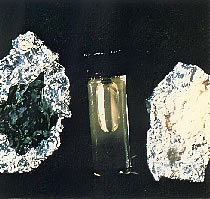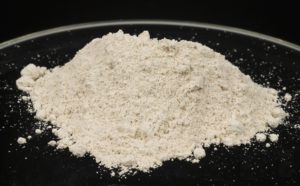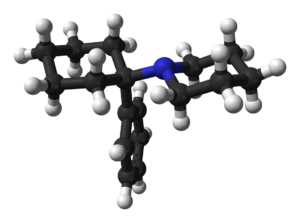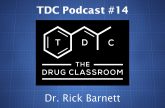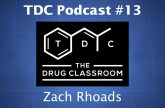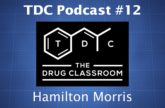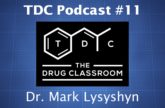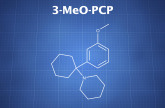Phencyclidine (PCP) is a dissociative anesthetic which entered the market ~60 years ago as a medical drug, but most of its use has occurred in other settings. It’s a member of the arylcyclohexylamine class and it functions as an NMDA antagonist and a D2 partial agonist.
When compared to other dissociatives, PCP is more likely to produce psychosis. According to studies on the drug, agitation or hallucinations occurred in up to 50% of patients given anesthetic doses. And, it also resulted in greater mental issues in ~17% of those given anesthetic doses.
High doses have been associated with dangerous psychotic states. This isn’t a typical response, but it’s certainly possible, particularly when large amounts are used.
Neurotoxicity is a concern with PCP and while it’s controversial, it’s best to use the drug infrequently and avoid high doses.
PCP = Phencyclidine; Angel Dust; Sernyl
Dose
Oral
Light: 3 – 5 mg
Common: 5 – 10 mg
Strong: 10+ mg
Inhalation
Light: 3 – 5 mg
Common: 5 – 10 mg
Strong: 10+ mg
Timeline
Oral
Total: 4 – 6 hours
Inhalation
Total: 4 – 6 hours
Onset: 00:02 – 00:20
Strongest: 01:00 – 04:00
Experience Reports
Supplementary Videos











